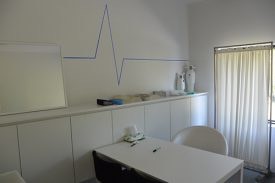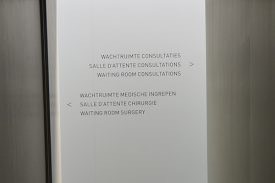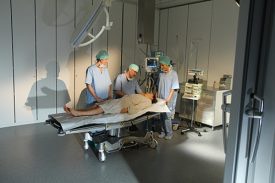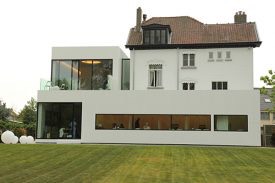A breast reduction surgery might be advisable from an aesthetic point of view or because of medical problems (like back ache or neck complaints due to painful breasts).
The actual operation technique for a breast reduction depends on your breast size and firmness of your breasts. Our breast reduction surgeon will discuss the most suitable procedure with you, during a prior consultation.
In contrary to a breast lift, breast tissue is removed during a breast reduction. A breast reduction takes 2 to 3 hours, you can go home the same day.
Breast surgery at affordable all-in pricing
Following a breast reduction you will be required to wear a sports-bra for 3 weeks. Because the nipple needs to be repositioned, which requires the cutting of fine nerves, the sensitivity in the nipple might be a little bit decreased after the operation.
The BeauCare quality
Breast: Prices in Euros
| Breast enlargement with cohesive gel silicone-filled implants with micro textured surface from 200 cc to 600 cc |
3300 € VAT incl. |
| Replacement breast implants |
3300 € VAT incl. |
| Breast reduction |
3600 – 4950 € VAT incl. |
| Breast uplift without implants |
3600 – 4650 € VAT incl. |
| Breast uplift with implants |
5950 - 6950 € VAT incl. |
| Capsular contracture |
Additional cost of 950 € VAT incl. |


















